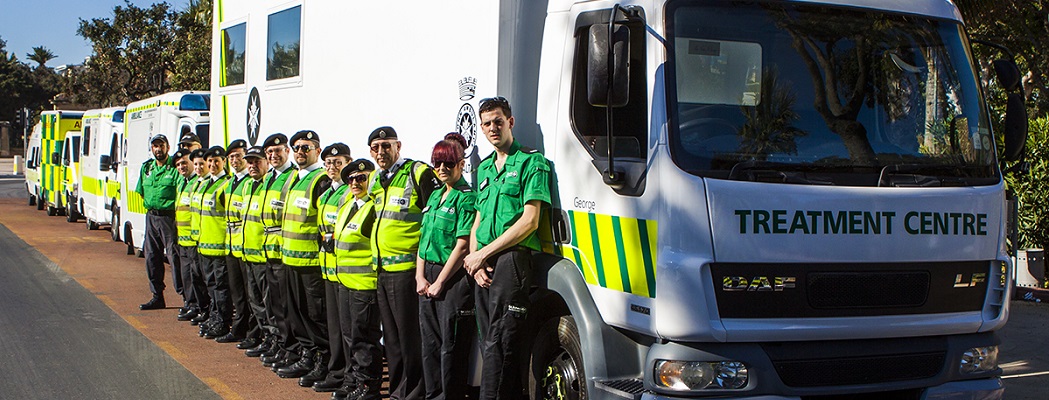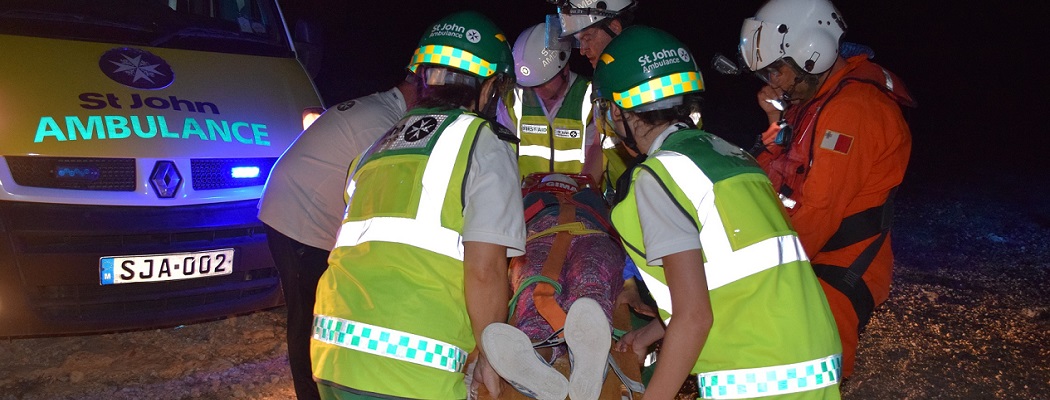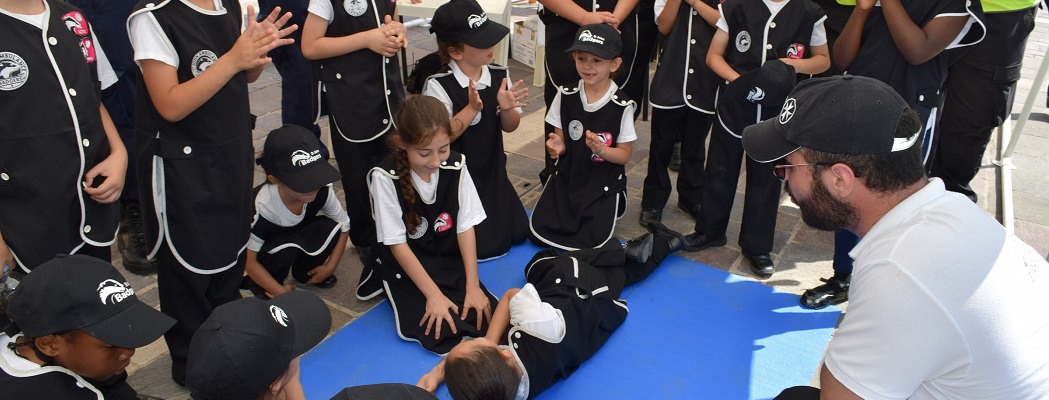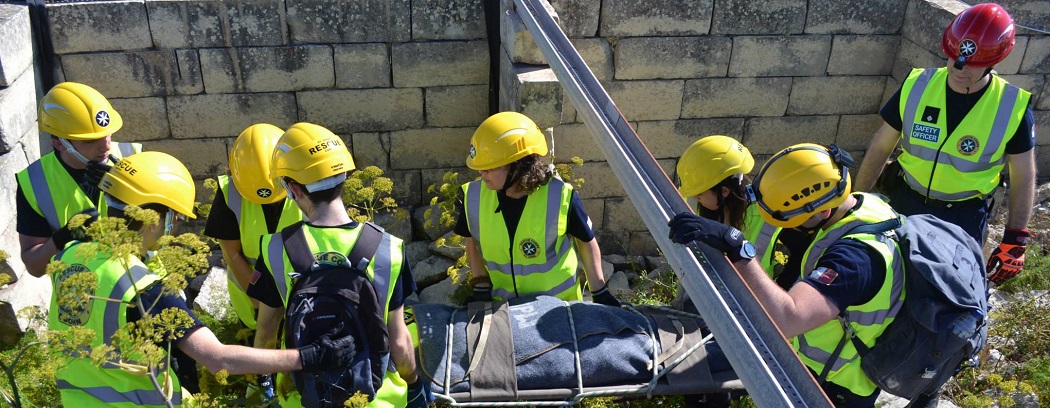These first aid tips are no substitute for thorough knowledge of first aid.
Attend a St John Ambulance First Aid Course.
All head injuries are potentially serious and require proper assessment because they can result in impaired consciousness. Injuries may be associated with damage to the brain tissue or to blood vessels inside the skull, or with a skull fracture.
A head injury may produce concussion, which is a brief period of unconsciousness followed by complete recovery. Some head injuries may produce compression of the brain (cerebral compression), which is life-threatening. It is therefore important to be able to recognise possible signs of cerebral compression – in particular, a deteriorating level of response.
A head wound should alert you to the risk of deeper, underlying damage, such as a skull fracture, which may be serious. Bleeding inside the skull may also occur and lead to compression. Clear fluid or watery blood leaking from the ear or nose are signs of serious injury.
Any casualty with an injury to the head should be assumed to have a neck (spinal) injury as well and be treated accordingly.






